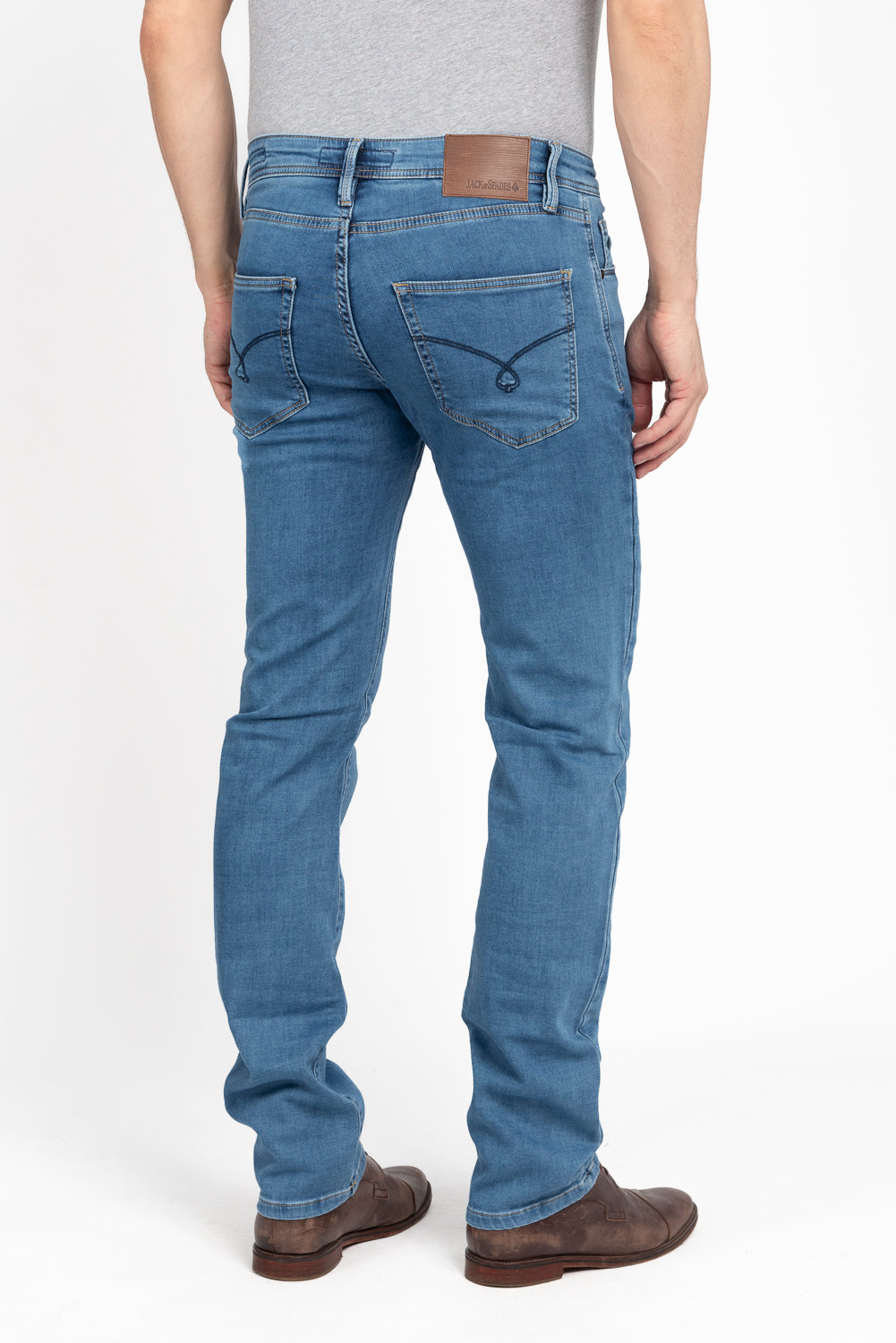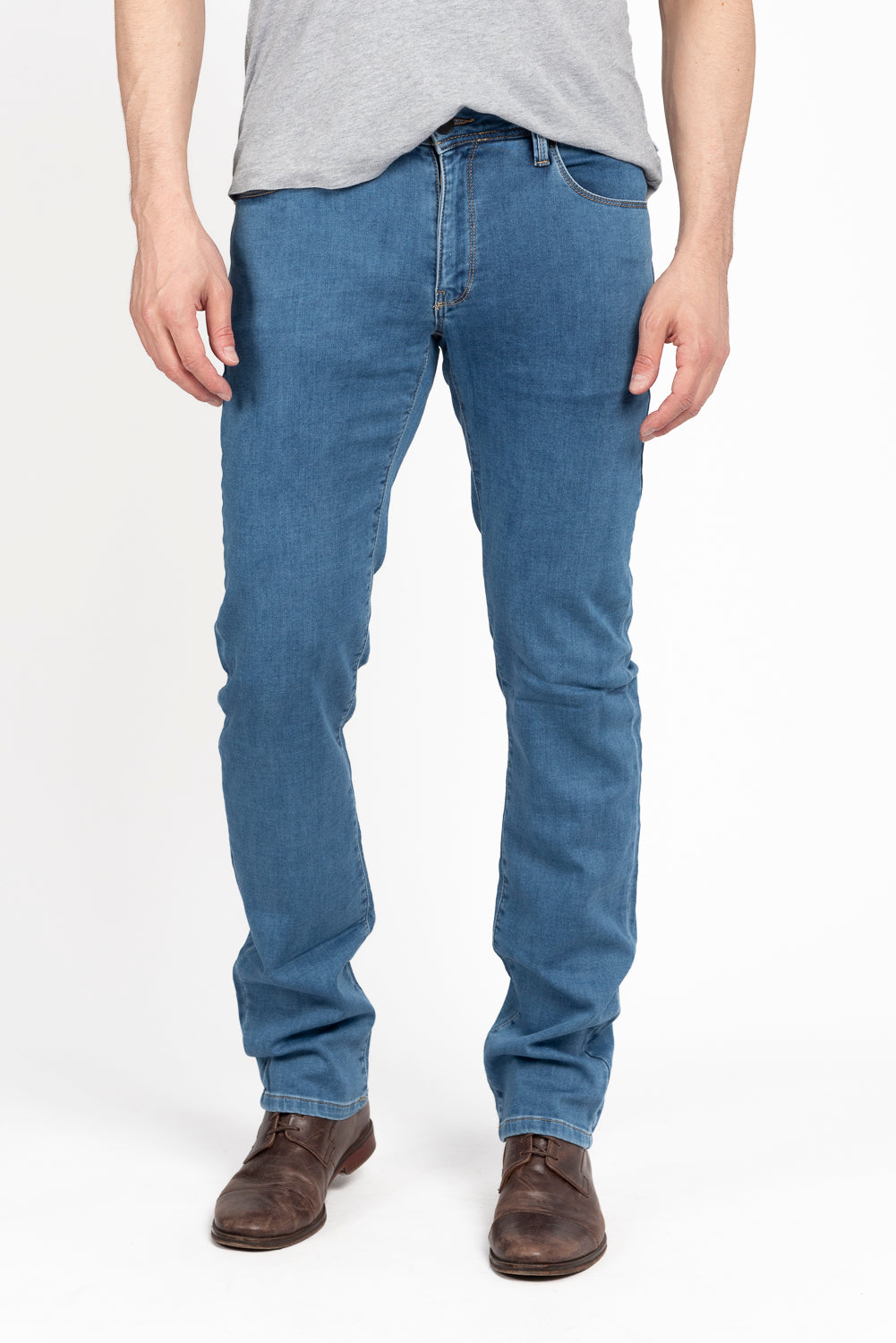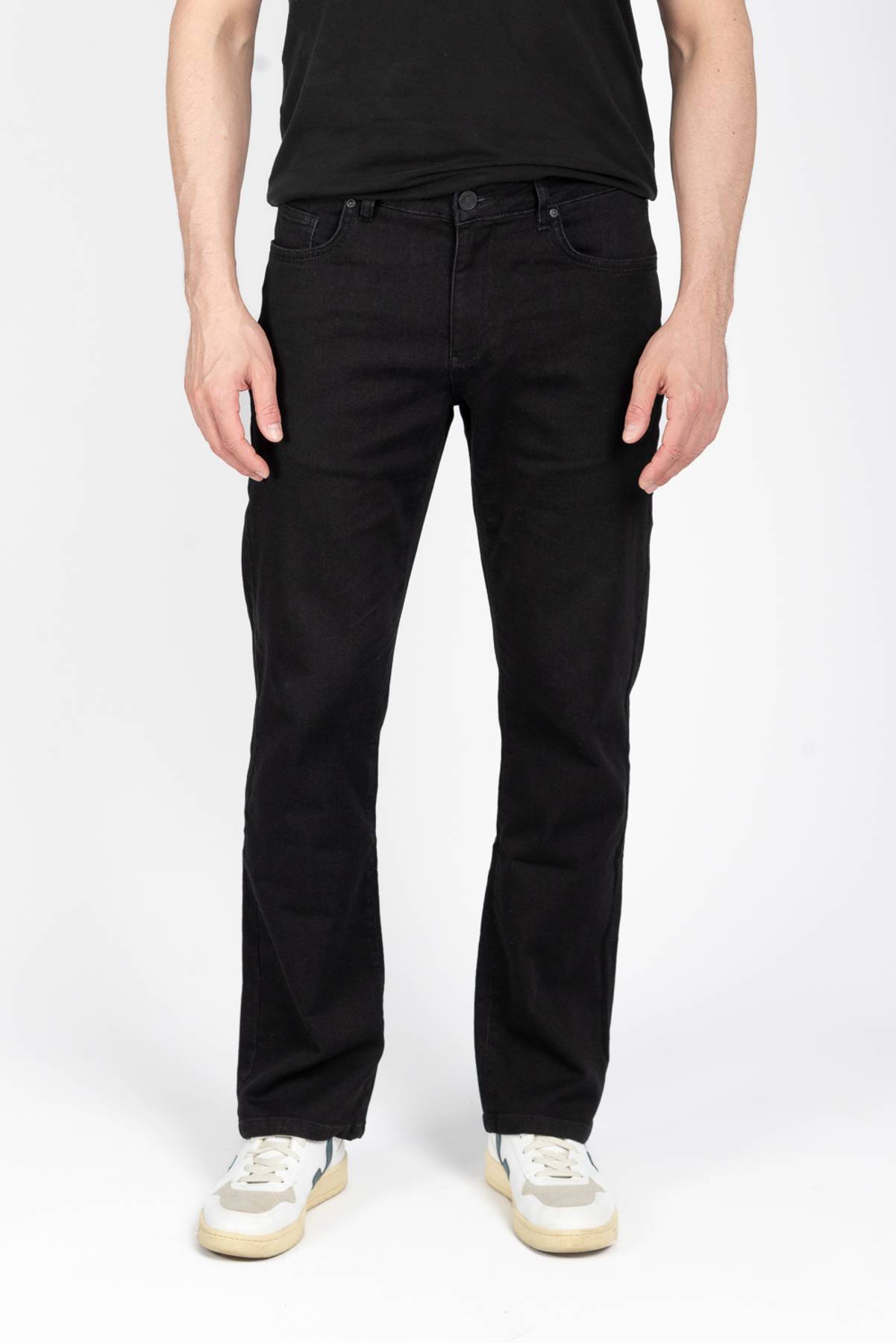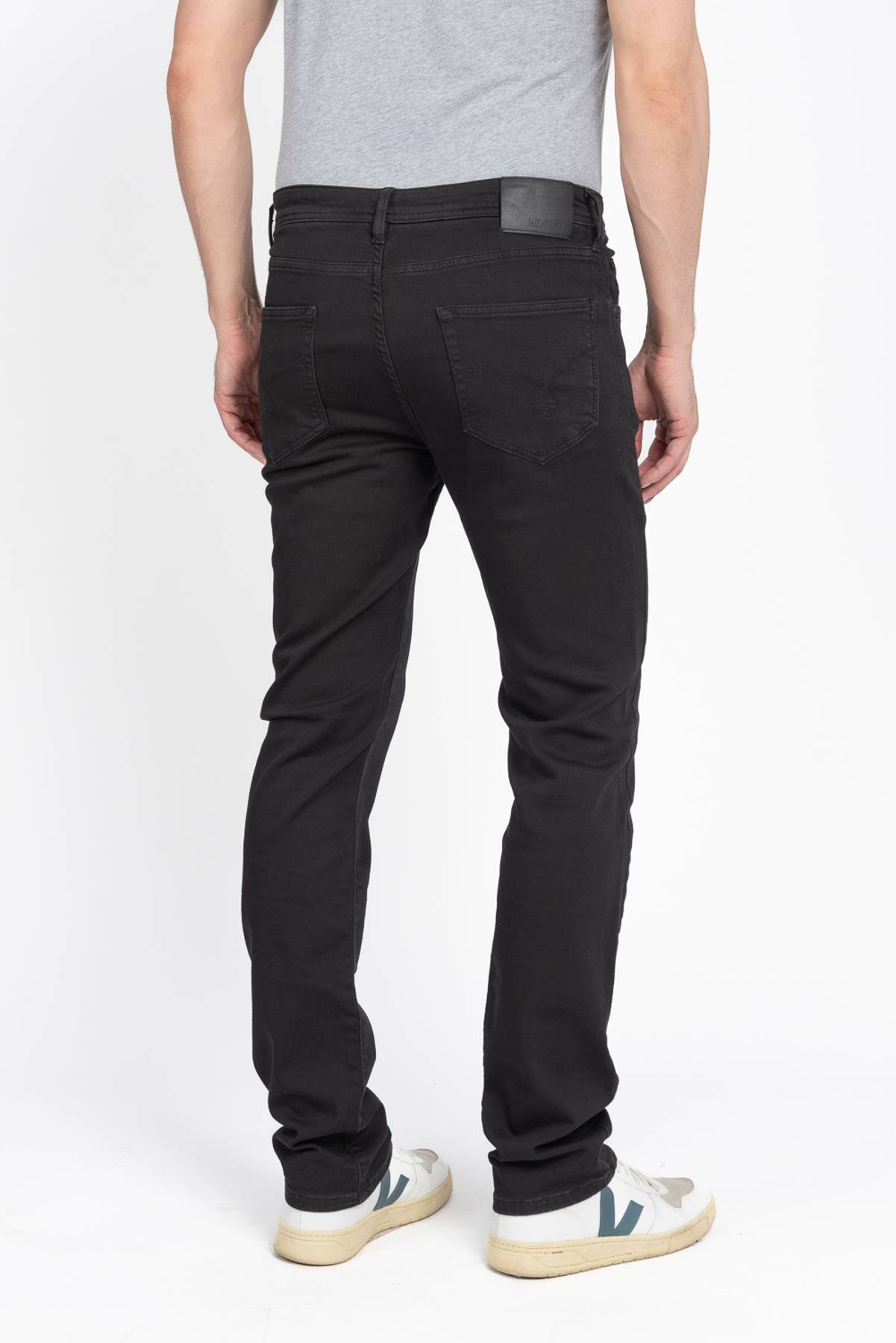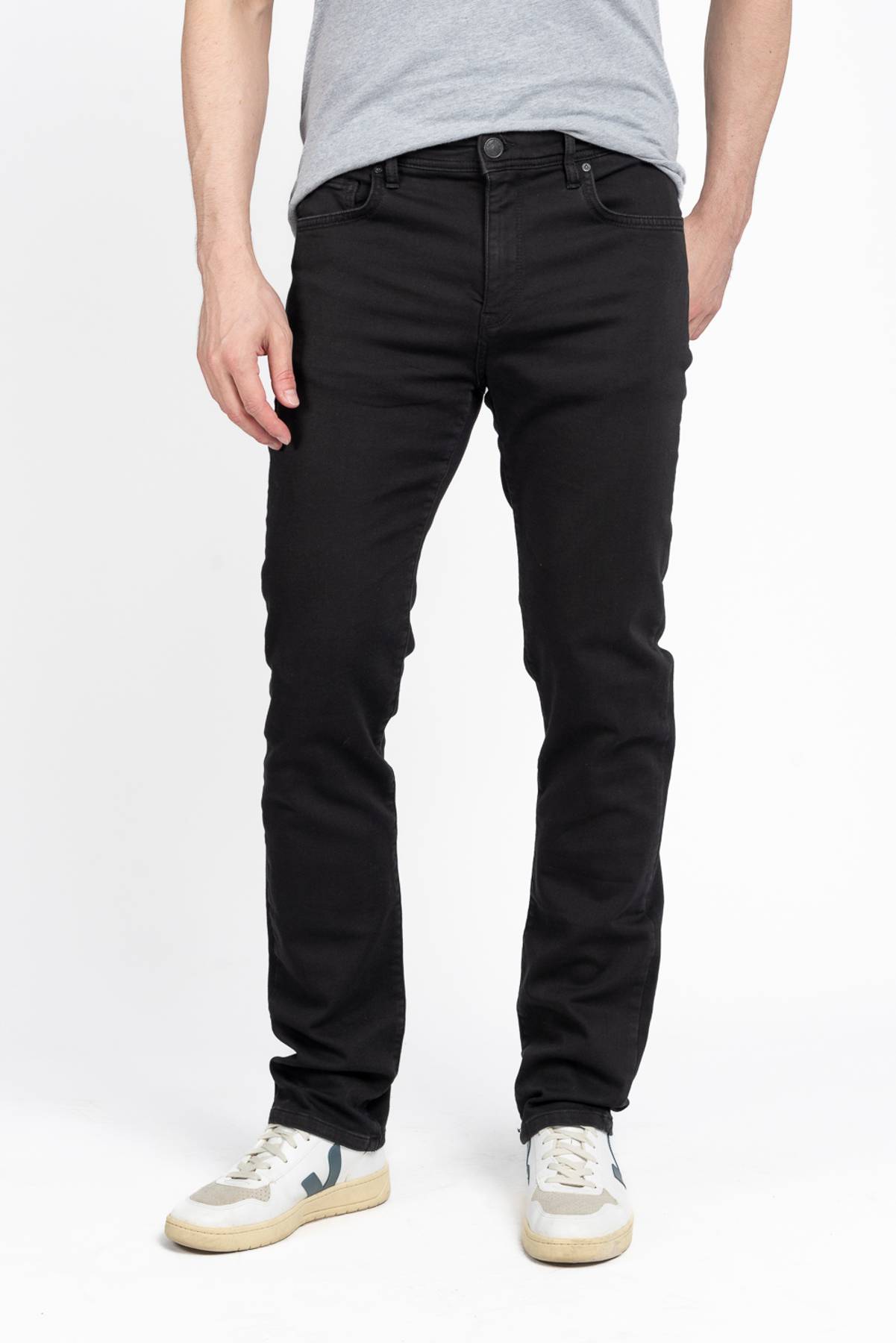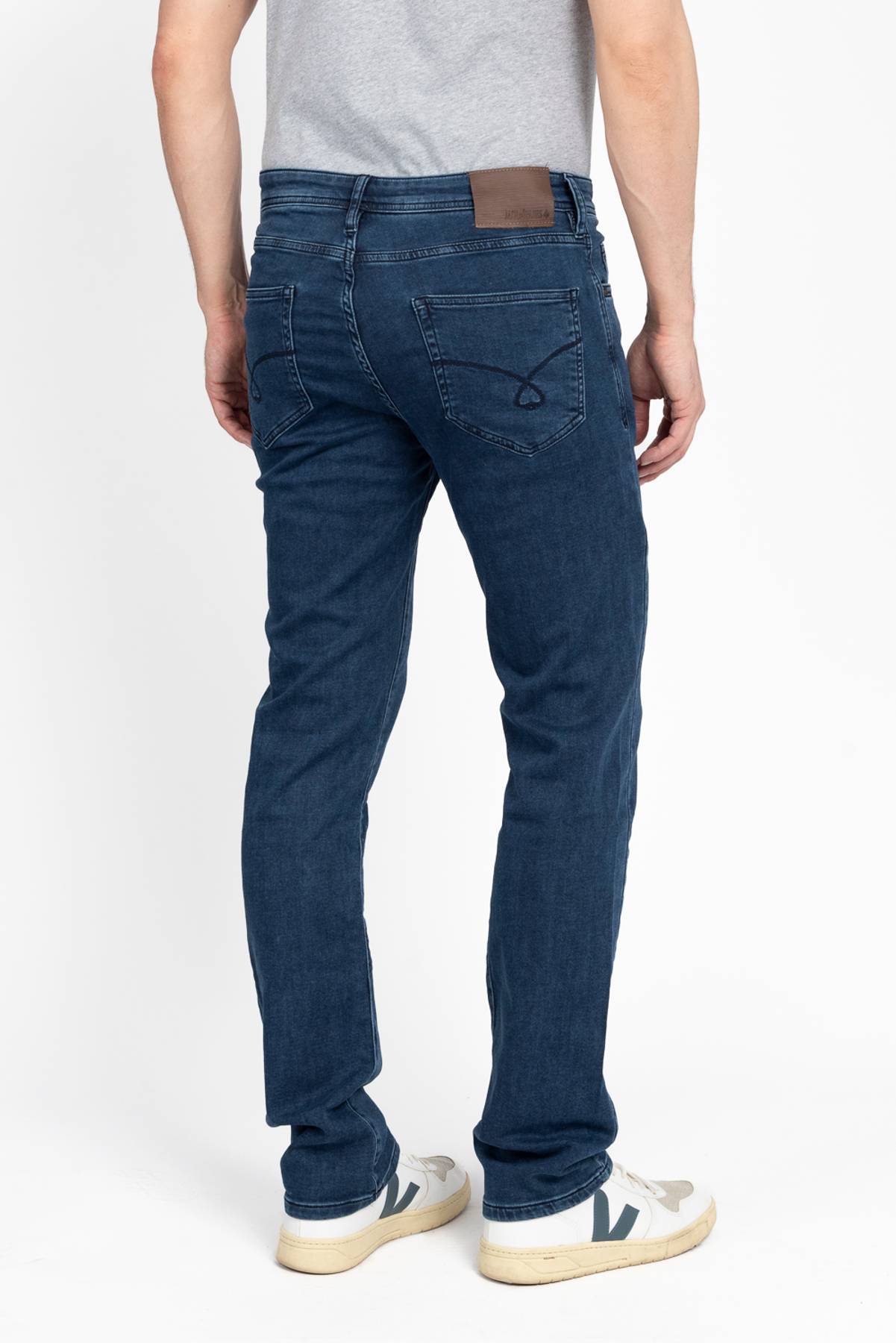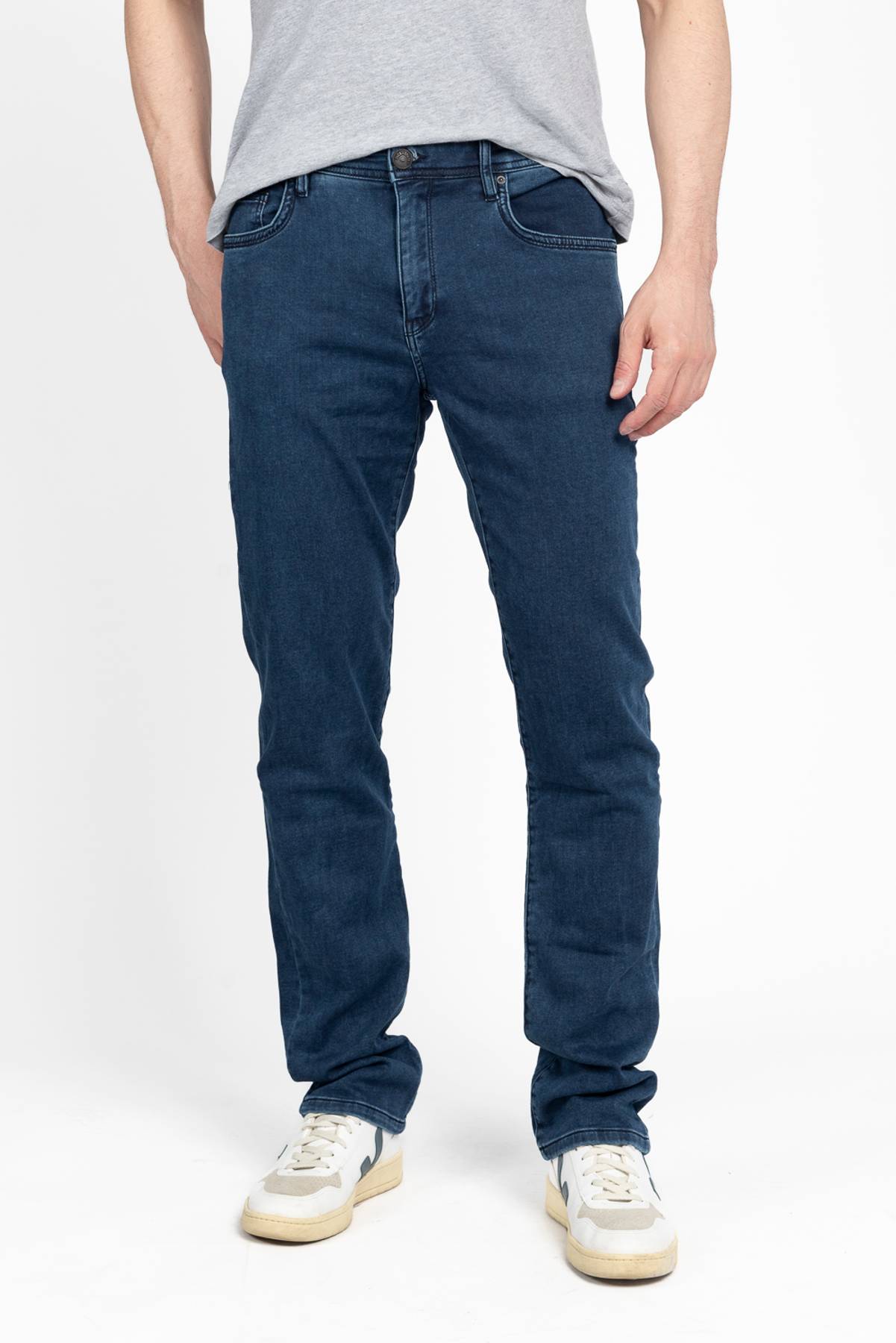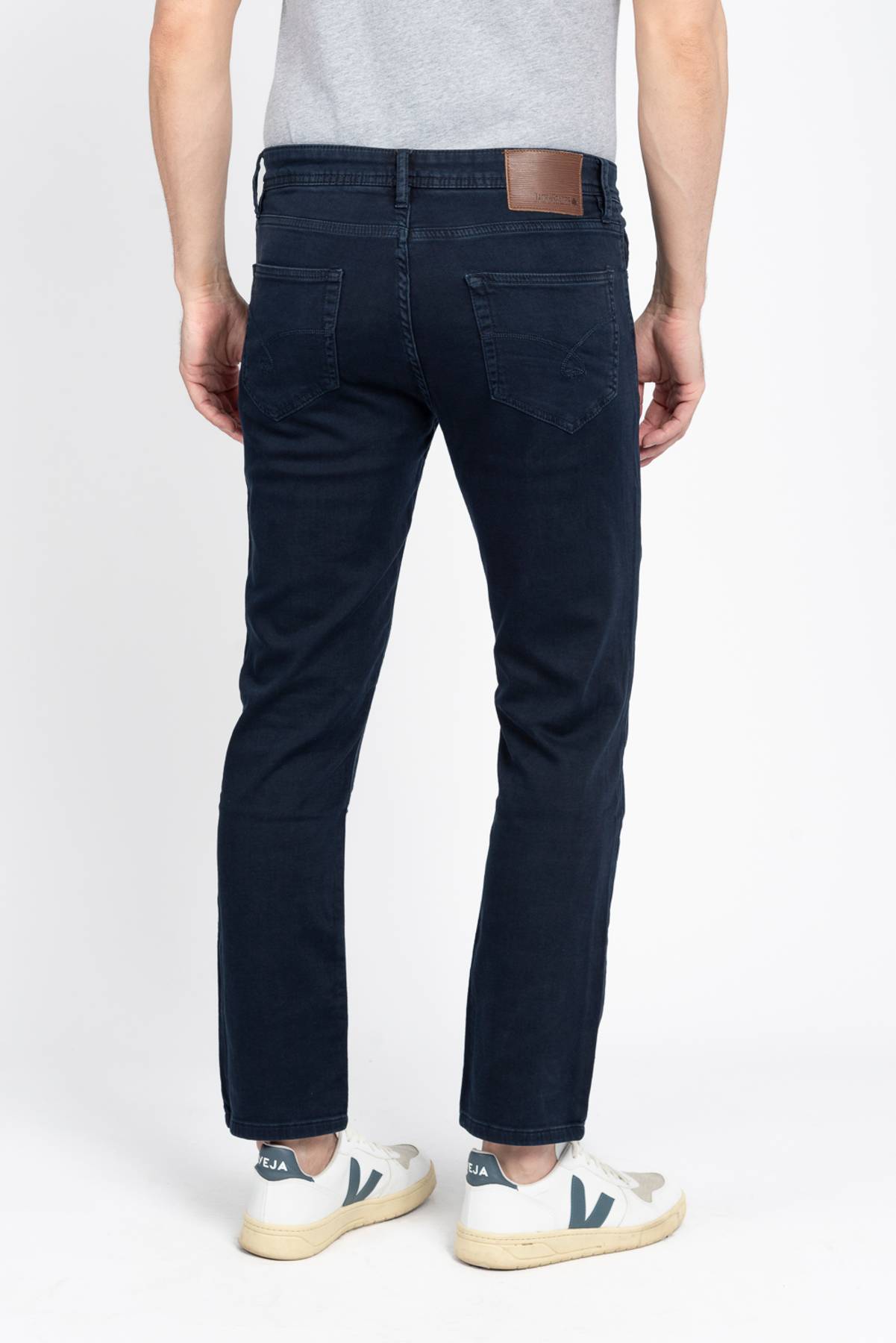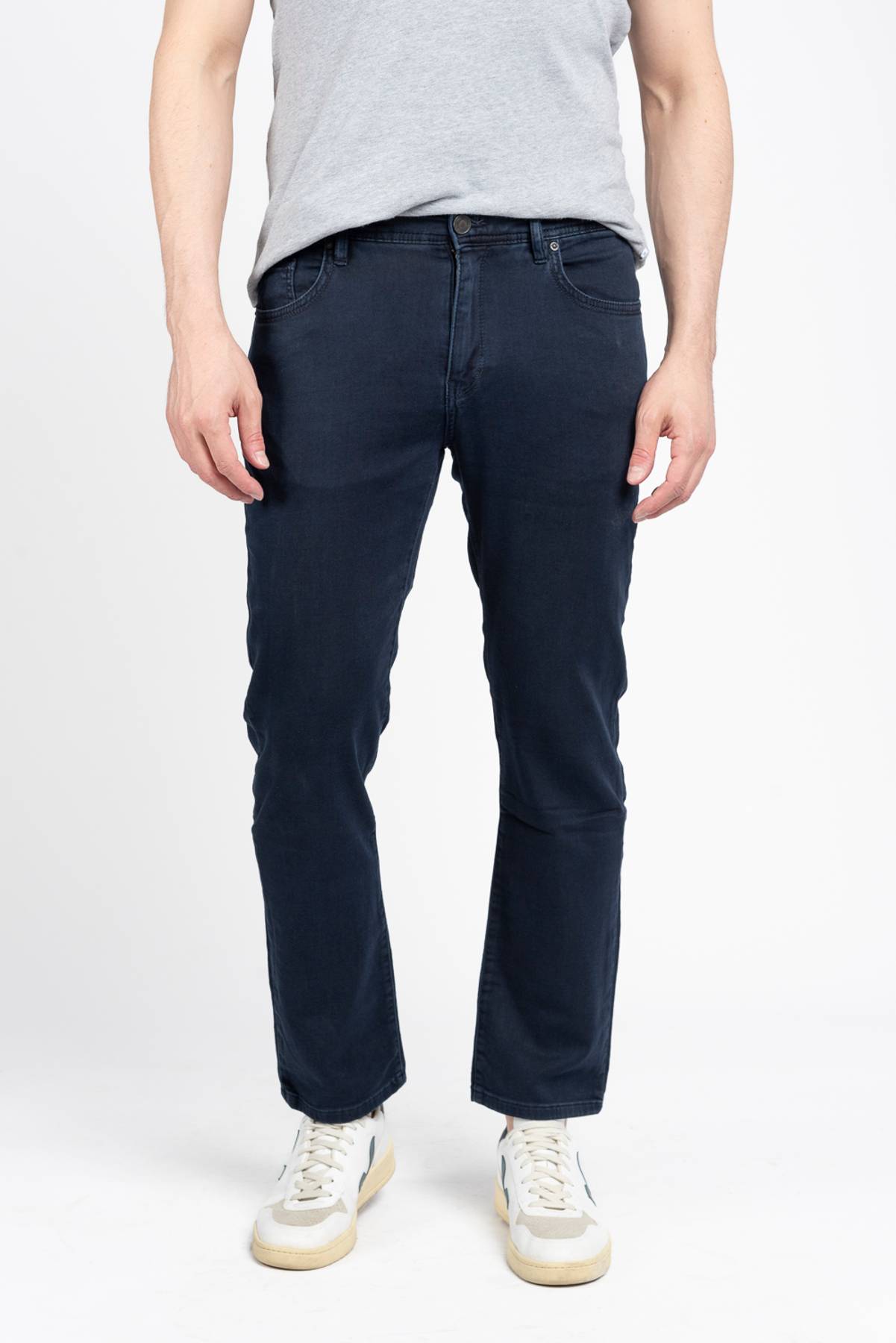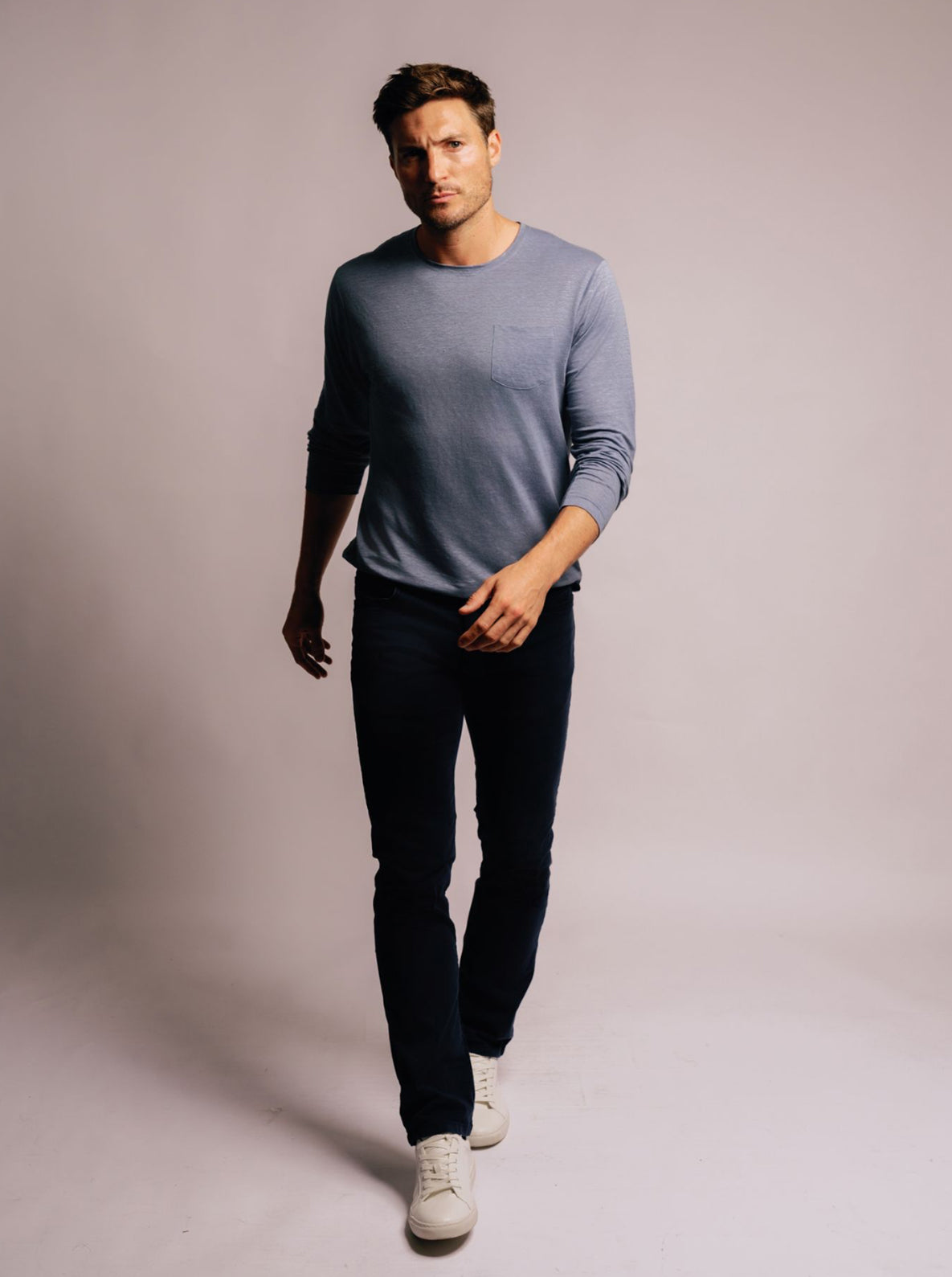Men's heritage fashion has been around for ages, but in 2025, it’s taking on new life. As we look at how styles have changed over the years, we see a blend of tradition and modernity that speaks to today’s man. This article explores the journey of men's heritage fashion, its sustainable future, and how global influences are shaping what we wear. Get ready to dive into the threads that connect our past to the present and beyond!
Key Takeaways
- Heritage fashion is evolving, blending traditional styles with modern innovations.
- Sustainability is a major focus, with brands using eco-friendly materials.
- Global influences are reshaping men's fashion, making it more diverse and inclusive.
- Comfort is key, with casual and formal styles merging for everyday wear.
- Craftsmanship remains essential, with a renewed appreciation for quality and detail.
The Evolution of Men's Heritage Fashion
Historical Influences on Modern Styles
The style we see today in men's heritage fashion is built on traditions that go back decades. Old tailoring techniques and time-tested silhouettes mix with modern ideas to create a blend that’s both nostalgic and fresh. Many designers look back at vintage trends and rework them for today's man, giving old school details a new life. For instance, some designers draw on the classic Americana trend to remind us how rugged simplicity can make a strong style statement.
Key Designers Reviving Heritage
A fresh wave of designers is reshaping heritage fashion with an eye for detail and a respect for the past. Their work is not merely about replicating vintage looks but about reimagining them for everyday wear. Consider these key points:
- A focus on traditional cuts with a modern twist
- A blend of old-world materials and present-day techniques
- An emphasis on durability and natural fabric textures
The Role of Craftsmanship in Fashion
Traditional craftsmanship remains a big part of heritage fashion. The hand-finished details, the careful stitching, and the use of natural materials remind us that fashion isn’t just about trends—it’s about quality and care.
Craftsmanship remains the backbone of heritage style. The attention to detail seen in every garment tells a story of years of skill passed down through generations. This melding of old practices with fresh techniques keeps the spirit of tradition alive.
It also involves:
- Time-honored methods passed down over generations
- The use of techniques that require patience and skill
- A commitment to keeping style rooted in authenticity
Each piece not only reflects the designer’s vision but also the ongoing dialogue between past and present. Even as modern technology steps in, the touch of a skilled artisan never loses its appeal.
Sustainability in Men's Heritage Fashion

In 2025, the shift towards sustainable methods is more than a trend—it's a way of preserving heritage while caring for the environment. Traditional materials and techniques are being reworked to include eco-friendly practices that ensure our clothing lasts and our planet stays healthy.
Eco-Friendly Materials and Practices
Manufacturers now use sustainable alternatives to conventional textiles. Natural fibers are grown without the heavy use of chemicals, and recycled fabrics are taking center stage. Here's a quick look at some green materials and their typical recycling rates:
| Material | Description | Approx. Recycling Rate |
|---|---|---|
| Organic Cotton | Grown with minimal chemicals | 75% |
| Hemp | Durable and requires less water | 70% |
| Recycled Polyester | Made from post-consumer waste | 80% |
Many brands are following an approach that includes:
- Sourcing renewable raw materials
- Implementing energy-efficient production
- Reducing waste through careful planning
This transformation is part of the broader shift in the industry, similar to the sustainable materials focus seen in streetwear trends today.
Sustainability isn't just a buzzword—it's a new standard in combining heritage with mindful practices. Many designers now see environmental care as integral to craftsmanship.
The Impact of Consumer Choices
Every purchase can steer the future of heritage fashion. Consumers now have the power to support practices that prioritize eco-conscious production methods. Consumers are the real catalyst for change.
Some ways in which buyer behavior is making a difference include:
- Choosing brands that use eco-friendly materials
- Giving feedback on production practices
- Being willing to pay a bit more for sustainability
Each decision helps push the industry toward greener practices, confirming that choice counts in shaping a more sustainable future.
Brands Leading the Sustainability Movement
The journey is ongoing, and as more consumers demand authentic care for the planet, even the oldest fashion houses are rethinking their production lines. It's a brave mix of old-world charm and new-world priorities.
Global Trends Shaping Men's Heritage

Cultural Influences on Design
Men's heritage fashion now shows influences from many cultures worldwide. Styles mix patterns and traditional fabrics in ways we haven't seen before. Designers often combine historic elements with fresh cuts that nod to old-world craftsmanship while still feeling modern. This merging of cultures is rewriting what heritage means.
The Rise of Digital Fashion
The digital space is changing how we see classic looks. Online platforms bring heritage styles to life, letting consumers try on virtual outfits and compare styles instantly. Digital technology makes it easy for vintage designs to connect with a global audience.
Fashion tech is now about removing borders, mixing traditional designs with new digital experiences for a broader crowd.
Tools and apps help people see how heritage pieces fit into modern life. Plus, interactive features are turning fashion into a shared digital experience.
Cross-Cultural Collaborations
More brands are teaming up across continents, combining local artistry with global design trends. These collaborations often result in unique collections that mix the old with the new. Here are some ways they stand out:
- Traditional methods meet modern fabrics, creating fresh interpretations of heritage designs.
- Designers blend local patterns with straightforward, updated cuts.
- Teams use digital platforms to share design processes and production tips.
In these partnerships, both historic techniques and digital innovations help shape a future where heritage stays alive and evolving.
Comfort Meets Style in 2025
Innovative Fabrics for Everyday Wear
In 2025, everyday wear is being rethought with fabrics that not only feel good but work smart. Today’s cloth makers experiment with material blends that improve breathability and comfort. For instance, a recent study showed that many new fabric types offer higher durability and a lighter feel. Designers mix traditional fibers with modern synthetics for daily clothing.
Below is a brief table summarizing some key characteristics of these new fabrics:
| Fabric Type | Breathability | Durability |
|---|---|---|
| Recycled Cotton | High | Moderate |
| Bamboo Blend | Very High | High |
| Tech-infused Wool | Moderate | Very High |
The Casual-Formal Fusion
Mixing casual vibes with formal touches has become a clear trend. Collections now cater to a lifestyle that moves from relaxed weekends to important meetings without skipping a beat. This merger comes with a set of design challenges which designers are tackling head-on, delivering looks that feel right for any situation. Some elements in these collections include:
- Adaptable cuts that suit both work and leisure
- Fabrics that drape perfectly, no matter the setting
- Color palettes that bridge the gap between laid-back and dressy
Tailoring for Modern Lifestyles
Tailoring today is less about strict forms and more about fitting real life. Clothes are made to move, giving men a reliable mix of style and ease. Here’s how modern tailoring is evolving:
- Customized fits that follow an individual’s natural shape
- Techniques that allow fabrics to breathe and stretch when needed
- Details that add both comfort and a touch of refinement
Modern tailoring transforms traditional cuts into statements of everyday ease.
Modern tailoring represents a thoughtful change away from the old, rigid formats. It’s a blend of the past and the upcoming trends, ensuring that every man can feel at ease in his own style throughout the day.
The Balance of Tradition and Innovation
In today’s fashion scene, many brands work hard to combine what is familiar with what is new. They prove that respect for tradition does not mean a refusal to change. Creativity now means balancing history with fresh ideas, offering pieces that feel both timeless and current.
Below is a simple table that breaks down the approach some brands use to merge old and new:
| Brand Type | Heritage Element | Modern Twist |
|---|---|---|
| Legacy Brand | Handcrafted details | Contemporary cuts |
| Emerging Designer | Classic materials | Bold, experimental design |
| Collaborative Effort | Traditional techniques | Digital innovation |
This blend shows that heritage is not static—it's evolving with each new generation, keeping the classic spirit alive while inviting innovation.
Fashion as a Reflection of Identity
Personal Style in a Globalized World
In today’s world, how you dress tells a unique story about where you come from and who you want to be. The influence of different locations and cultures is visible in the details of everyday outfits. Elements like color, pattern, and choice of fabric all merge to create a look that is both personal and global. Consider the influence of modern style cues, such as style cues, that help shape a distinct identity. Here are some elements that many find impactful:
- Attitudes shaped by local traditions
- Cross-cultural symbols and icons
- A mix of vintage and modern touches
The Role of Fashion in Self-Expression
Clothes can be a powerful way to express what words sometimes cannot. Whether it’s a tailored jacket or a rugged pair of boots, many see each piece as a medium for personal expression. The clothes we choose often speak louder than words.
Every outfit is a mini statement—a snapshot of one’s mood, choices, and experiences. It’s not just about looking good; it’s about feeling true to who you are.
For those looking at the bigger picture, societal and cultural changes play a role too. Many designers today let trends driven by cultural trends and everyday life guide their work. Some ways people use clothing to express themselves include:
- Mixing and matching unexpected pieces
- Reinventing traditional garments for modern wear
- Using accessories as markers of personal milestones
Men's Heritage Fashion and Masculinity
Heritage in men’s fashion isn’t just about old patterns or styles—it’s also about capturing the spirit of masculinity in a way that feels genuine. By honoring traditional cuts and methods while adjusting for today’s comfort, designers strike a careful balance between past and present.
Below is a simple table summarizing some aspects of heritage and masculinity:
| Element | Description |
|---|---|
| Tailoring | Precise cuts that honor classic silhouettes |
| Material Quality | Emphasis on durable, well-made fabrics |
| Modern Twist | Updates that align with today's practical needs |
This blend of old and new in menswear shows that what you wear can be a reflection of not just your style, but also your values and sense of self.
The Future of Men's Heritage Fashion
Predictions for Upcoming Trends
Looking ahead, men's heritage fashion is set to blend classic silhouettes with new materials in ways that surprise and engage. Many believe upcoming trends will mix traditional cuts with casual comfort, drawing inspiration from global influences. Here are a few changes expected:
- A move toward versatile, everyday wear that still nods to history
- Renewed interest in heritage craftsmanship with a modern twist
- An increase in collaborations between old-school brands and fresh, digital platforms, similar to the buzz seen during fashion week trends
| Trend | Impact |
|---|---|
| Versatile Vintage | More everyday comfort |
| Digital-Influenced Design | Faster trend cycles |
| Sustainable Revival | Eco-conscious production |
For many, the fusion of past and future will set the stage for a fashion renaissance.
The Influence of Technology on Fashion
Technology is polishing the heritage look without stripping it of its warmth. Emerging tech helps bring classic designs to life with better fit and eco-friendly fabric innovations. This blend of old and new is even influencing details like stitching and color palettes. For example, smart manufacturing techniques are being paired with timeless handwork, similar to what you see in refined footwear innovations. Moreover, digital platforms are allowing real-time feedback from a global audience, preserving the spirit of heritage while pushing boundaries.
Adapting Heritage for New Generations
Adapting age-old styles for today's man means rethinking how heritage fits into a busy lifestyle. Designers are using age-old tailoring techniques but updating cuts and fabric choices to suit modern body types and routines. This shift is about more than just returning to roots—it’s about growing them.
With each season, we see a new interpretation of what heritage means, reflecting a love for tradition mixed with a fresh outlook on modern life.
In sum, men's heritage fashion is at a turning point. The careful marriage of classic sensibilities with modern technology and sustainable practices is setting the stage for a future where style is both a nod to the past and a step into tomorrow.
Final Thoughts on Men's Heritage Fashion in 2025
As we wrap up our look at men's heritage fashion in 2025, it's clear that this style isn't just a passing trend. It's a blend of tradition and modernity that speaks to who we are today. The way we dress reflects our values, from sustainability to individuality. Brands are stepping up, offering more than just clothes—they're creating pieces that tell stories and connect us to our roots. So, whether you're a fan of classic styles or looking for something fresh, there's something in this evolving landscape for everyone. In the end, it's about finding what feels right for you and wearing it with confidence.
Frequently Asked Questions
What is men's heritage fashion?
Men's heritage fashion is about styles and designs that have historical significance. It often includes clothing that reflects traditions and craftsmanship from the past.
Why is sustainability important in men's fashion?
Sustainability is important because it helps protect the environment. Using eco-friendly materials and practices reduces waste and pollution in the fashion industry.
How is technology changing men's fashion?
Technology is changing fashion by making it easier to shop online, try on clothes virtually, and customize items to fit personal styles.
What trends should we expect in men's fashion in 2025?
In 2025, we can expect trends like casual-formal clothing, eco-friendly materials, and more inclusive sizing options.
How can I express my personal style through heritage fashion?
You can express your style by mixing classic pieces with modern items. Choose clothes that reflect your personality and make you feel comfortable.

